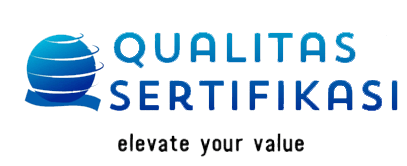Understanding the Categorization of Ocean Bound Plastic
Hello again Qualizer! It's great to have you join us for another insightful conversation about ocean bound plastic. In our last article, we dissected the complexities of what defines it.
Today, let's continue our journey by exploring the categorization of ocean bound plastic.
Plastic waste is one of the major sources of pollution that threatens the health and biodiversity of our oceans. Every year, millions of tons of plastic waste end up in the ocean, where they harm marine life, degrade water quality, and contribute to climate change. But where does this plastic waste come from, and how can we prevent it from reaching the ocean?
One of the concepts that can help us answer these questions is ocean bound plastic waste. Ocean bound plastic waste is any plastic material that has a high risk of entering the ocean, either directly or indirectly, through rivers, streams, or wind. It is usually found within 50 km of the coastline, in areas with poor or nonexistent waste management systems.
By identifying and collecting ocean bound plastic waste, we can reduce the amount of plastic waste that reaches the ocean, and create value from this otherwise wasted resource. Ocean bound plastic can be recycled into new products, such as packaging, clothing, or furniture, or used as a source of energy.
Plastic Waste Categories Included as OBP
There are different criteria and categories that define what qualifies as ocean bound plastic, and what does not. In this article, we will explain the main categories of ocean bound plastic, and how they differ from other types of plastic waste.
Sites with Inadequate Waste Collection
Plastic waste in properly managed landfills or controlled dumps, where waste disposal is regulated and containment measures are in place, is generally not considered ocean bound plastic. This is because the waste management infrastructure is designed to prevent leakage and minimize environmental impact.
However, the situation changes when plastic waste is found in uncontrolled, informal dumpsites located within close proximity to coastal areas. In such cases, where there is a higher probability of plastic waste driven by human activities or being carried by natural forces like wind or water currents into the ocean, the plastic waste is categorized as ocean bound if it is within a certain distance from the shoreline, typically within 50 km.
Managed Dumpsites Near Shorelines and Riversides
Managed dumpsites situated near shorelines or riversides require careful consideration. Although these sites are typically regulated for waste disposal, their proximity to water bodies introduces complexities regarding their classification.
In the case of managed dumpsites near coastal areas or riversides, the pivotal factor lies in how the site is configured and managed. If the layout of the managed dumpsite allows plastic waste to directly leak into rivers or the ocean, then the plastic waste from these sites is deemed ocean-bound.
This distinction underscores the significance of site management and containment practices. Despite being labeled as "managed," dumpsites adjacent to water bodies can still contribute to ocean pollution if plastic waste is not adequately contained. Factors such as erosion, severe weather events, or inadequate containment infrastructure can result in plastic waste infiltrating nearby waterways and eventually reaching the ocean.
Fishing Industry-related Plastic Waste
Material recovered through programs dedicated to collecting fishing gears (such as nets, buoys, and ropes) from fishermen in ports is indeed considered ocean-bound plastic. This proactive measure aims to prevent the disposal of such waste at sea or its abandonment on banks or shores. Furthermore, any plastic material that fishermen retrieve while fishing and subsequently bring back to shore instead of discarding at sea is also classified as ocean-bound plastic.
Sites without Waste Collection
Collection at source like home or through recycling points in the mismanaged areas, where waste collection is absent or inadequate, plastic waste often ends up in rivers, streets, or green spaces, posing a serious risk of entering the ocean. To prevent this, it is preferable to collect the abandoned plastic waste as close as possible to the water sources or during environmental cleaning operations. This plastic waste is also considered ocean-bound plastic.
Plastic Waste Categories Excluded as OBP
Not all plastic waste that is found near the ocean is considered as ocean bound plastic, either because they are already in the ocean, or because they are managed in a way that prevents them from reaching the ocean.
Marine Debris
This category includes plastic waste that is already in the ocean, either floating on the surface, submerged in the water column, or settled on the seabed. This plastic waste can originate from various sources, such as land-based activities, maritime activities, or natural disasters. Marine debris is not ocean bound plastic waste, because it has already reached the ocean, and it requires different methods and technologies to collect and remove it.
Managed Dumpsites
This category includes plastic waste that is collected and disposed of in managed dumpsites, which are controlled and regulated by authorities or operators. Managed dumpsites are designed to prevent or minimize the environmental impact of waste disposal, by using measures such as liners, covers, fences, drainage systems, or gas collection systems. They do not fall under the classification of ocean-bound plastic since they are neither abandoned nor littered, and they pose a low risk of leaking plastic waste into the ocean.
Ocean bound plastic is a concept that helps us identify and collect plastic waste that has a high risk of entering the ocean, and to create value from this otherwise wasted resource. By understanding the different categories of ocean bound plastic waste, and how they differ from other types of plastic waste, we can better target and prevent the sources of plastic pollution, and protect the health and biodiversity of our oceans.
If you are curious about ocean bound plastic and how you can make a difference, please visit our
website or give us a
call. Our team would be happy to assist you!
Recent posts
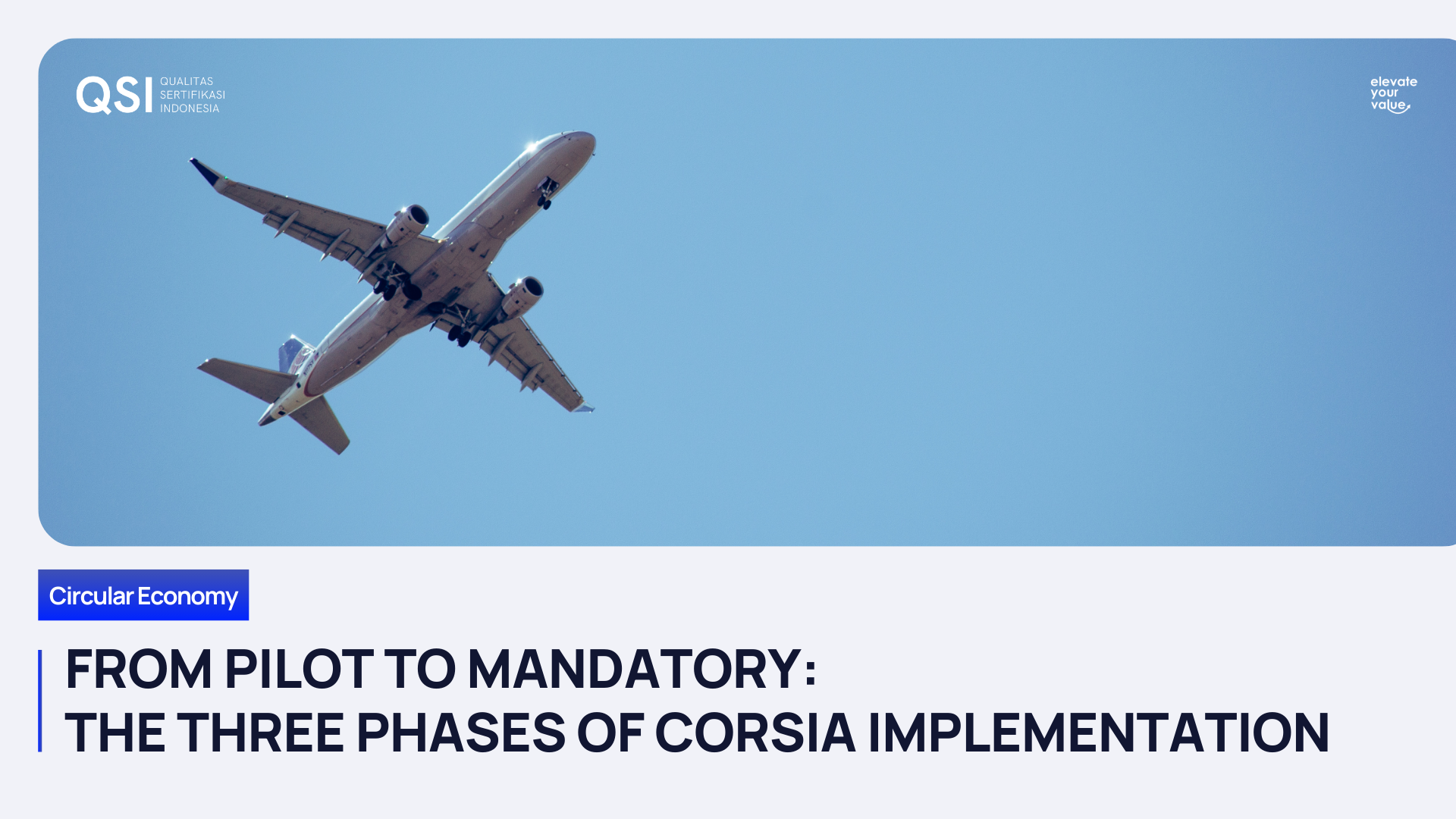
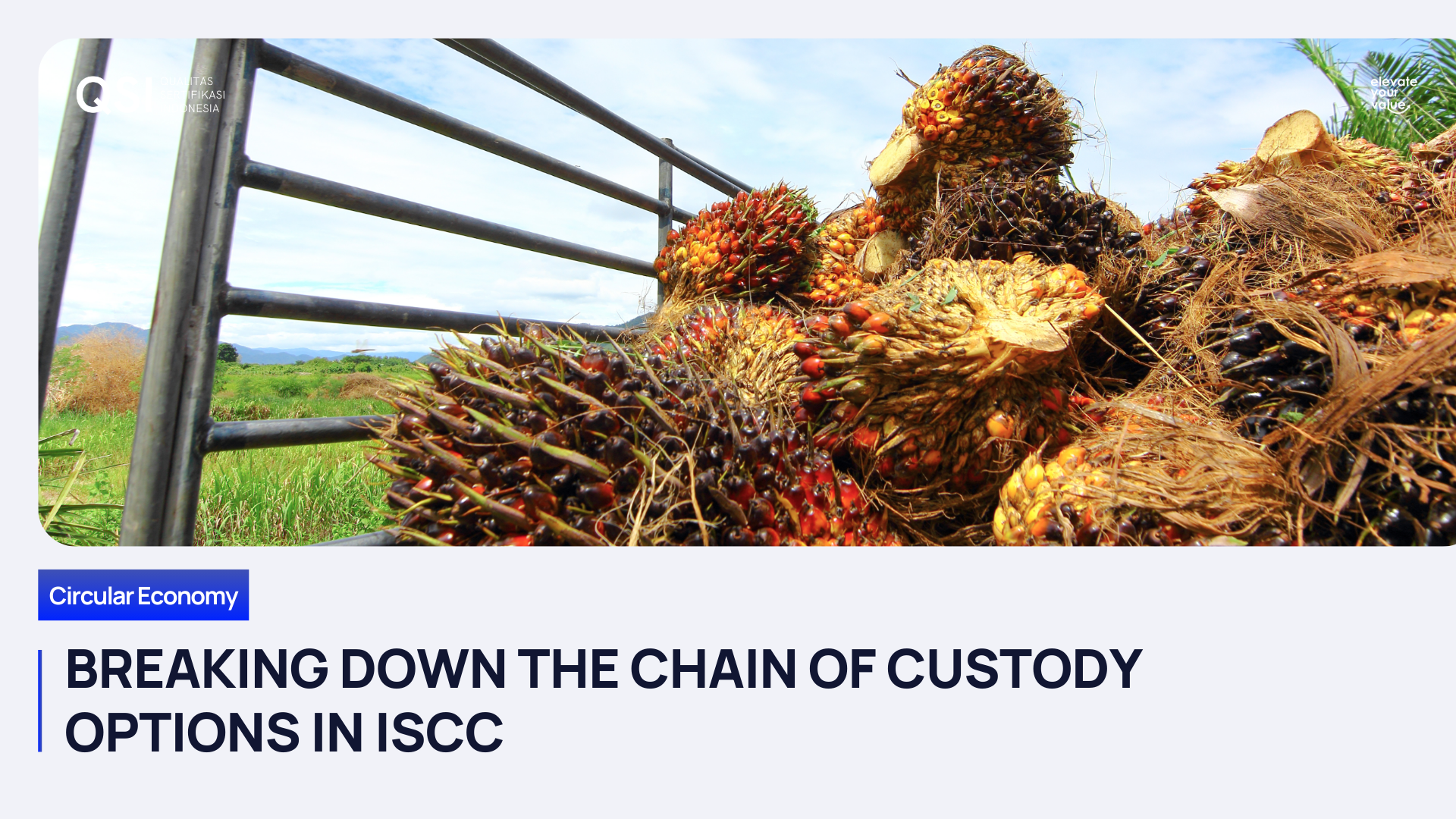
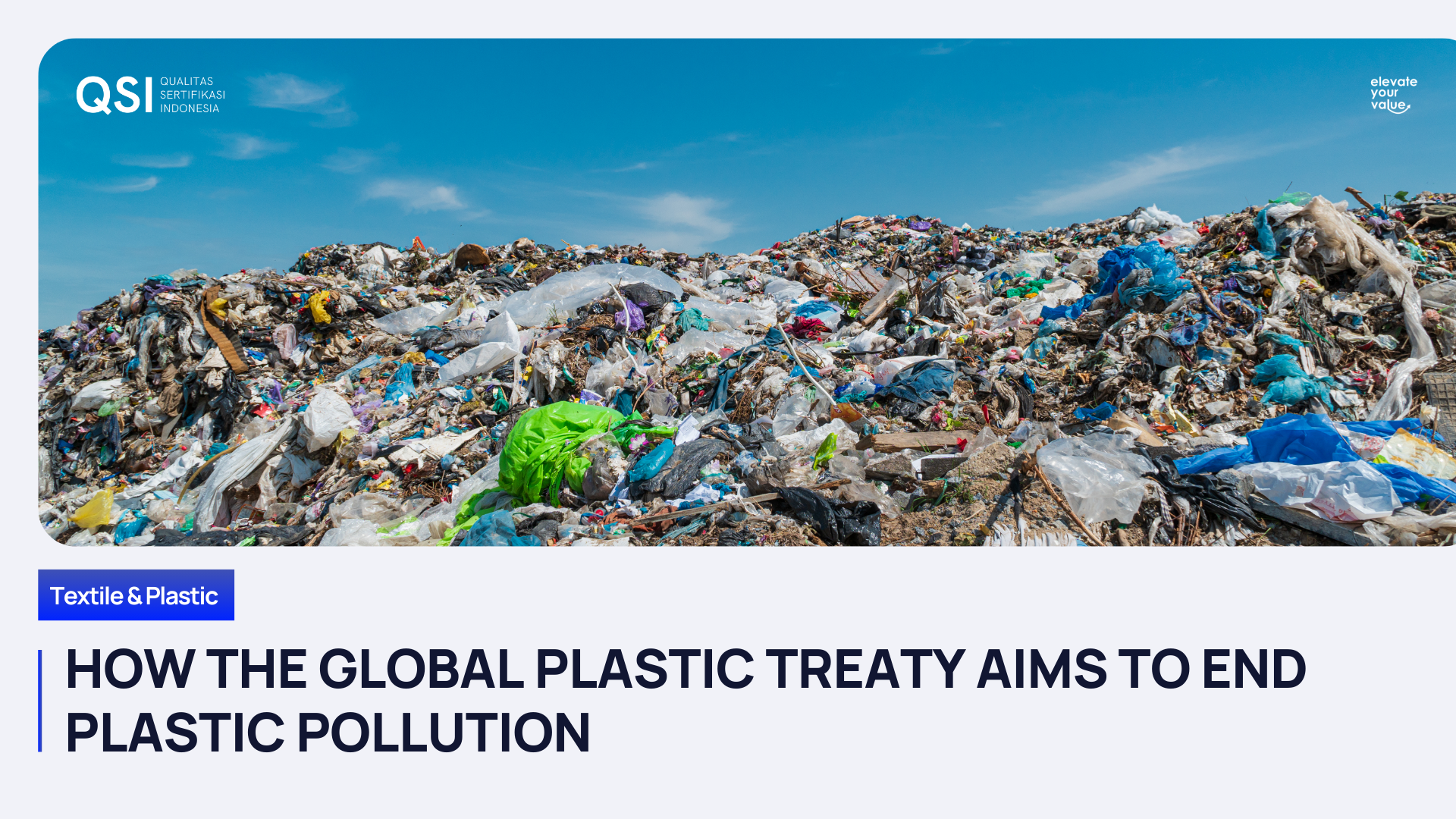
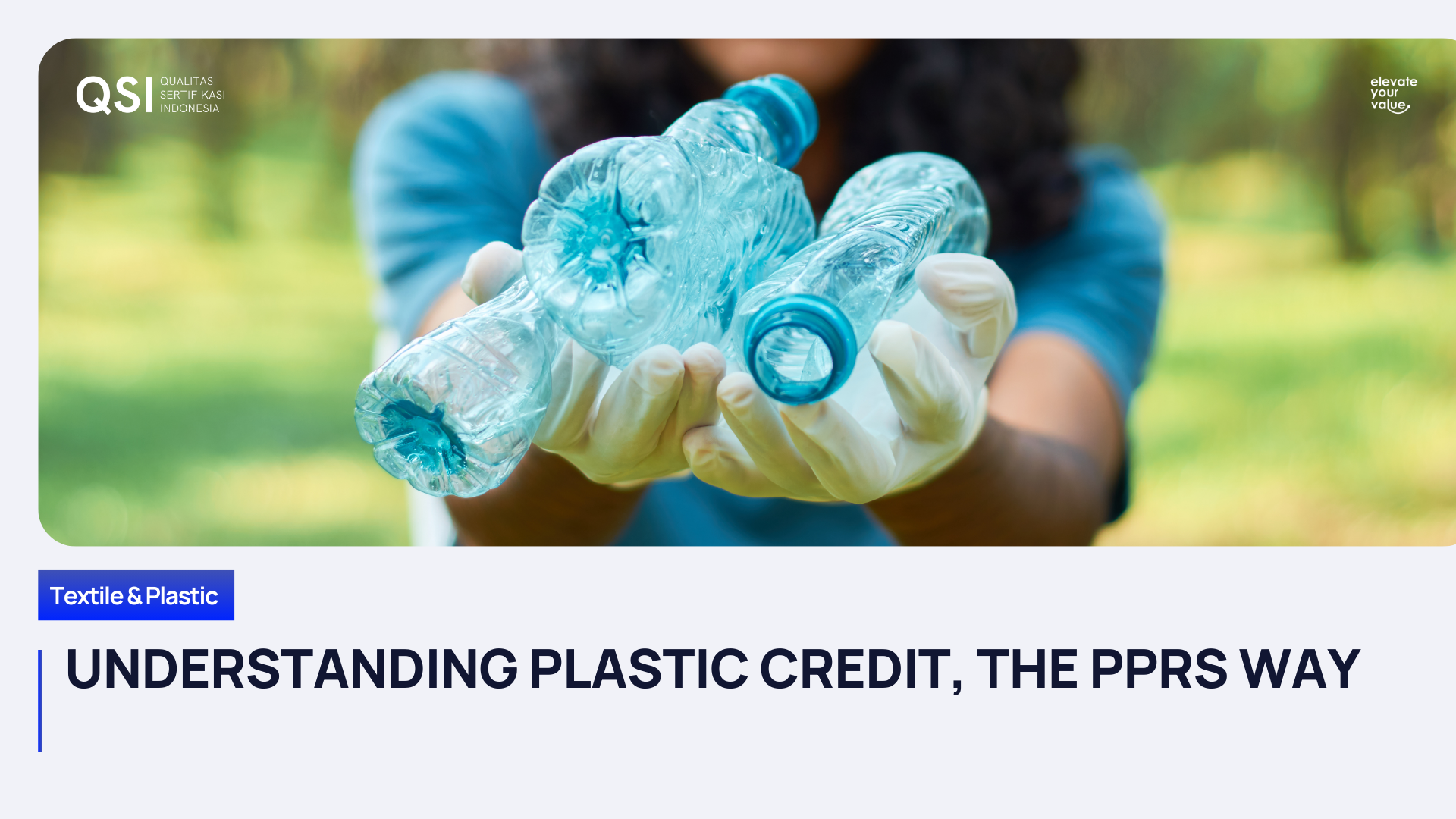
Drop us a line
Contact Us
We will get back to you as soon as possible.
Please try again later.
Share



General Inquiries
Phone
+62 21 2949 1946
Headquarter
The CEO Building, Level 12th
Jl. TB Simatupang No. 18C
Cilandak Barat, Cilandak
Jakarta Selatan, DKI Jakarta 12430
Indonesia
Operational
Menara Sun Life, 7th Floor
Jl. Dr. Ide Anak Agung Gde Agung Blok 6.3
Kuningan Timur, Setiabudi
Jakarta Selatan, DKI Jakarta 12950
Indonesia
Programs
Quick Links
Qualitas Sertifikasi Indonesia
PT Qualitas Sertifikasi Indonesia
